Although it may come up in discussions about adaptation and loss and damage as a result of climate change, climate migration is not on the agenda for next week’s U.N. Climate Change Conference, known as COP27. This is deeply troubling. The first report of the Intergovernmental Panel on Climate Change in 1990 recognized that migration would be one of the main consequences of climate change. This migration is already happening. Some 20 million people are displaced every year by natural disasters, mainly weather-related events. All signs point to even more people forced from their communities by disasters that are more frequent and extreme because of human-made climate change. Slow-onset catastrophes like drought and sea-level rise will lead even more people to move. The World Bank projects that without serious efforts to limit greenhouse gas emissions, 216 million people will migrate internally because of climate change by 2050 (not including the Middle East, North America or Europe).
As parts of our planet become less habitable, people will move – either in anticipation of environmental change or in reaction to catastrophic events. For millennia people have moved in response to environmental hazards. Migration is a tried-and-true survival strategy. However, pressures for human migration will likely increase to unprecedented levels. Many will be trapped in place because they either do not have the means to increase restrictions on movement. Twelve years ago, COP16 called for further work on migration, displacement and planning for relocation as strategies for adaptation. COP27 is an opportune moment to translate that general affirmation into action.
What can and should COP27 do? First, it must put more teeth into mitigation efforts. Reducing carbon emissions – or at least slowing the growth rate in emissions – is the single most important measure to reduce the risk of climate displacement. Current efforts are falling far short of the levels needed for effective mitigation.
Second, do more to reduce the risk of disasters. We have hundreds of recommendations and important international frameworks like the Sendai Framework for Disaster Risk Reduction, but more money and political will are needed. Only 2% of overseas development aid presently goes to disaster risk reduction, even though the evidence shows that a dollar spent on reducing the risk of disasters reduces damages by six dollars. Reducing the risk of disasters not only saves money, it saves lives. According to the World Meteorological Organization, while the number of disasters increased five times over the last 50 years, the number of fatalities decreased three-fold. As the frequency of catastrophic climate events increases, building on this progress is crucial.
Third, donor countries must get serious about using adaptation funding to support governments to begin planning for climate mobility in their own contexts. This could include looking at areas where people are at risk of environmental hazards, and projecting where people are likely to move as well as supporting local governments likely to lose or increase their populations. A recent analysis by the Migration Policy Institute noted that donors are leery of funding climate migration-specific projects over political concerns and uncertainty over the types of projects to fund. It is crucial for COP 27 to mobilize funding on this issue. Even with mitigation and risk reduction measures, climate-induced migration is already occurring and likely to increase. While planned and orderly migration can be an effective adaptation strategy and should be supported, every effort must be made to minimize the pain of such moves and to minimize forced displacement.
Not many governments have begun to plan for this eventuality — in fact, only two have publicly available climate mobility plans (Vanuatu and Fiji). The possibility that large swathes of a country’s population will move is hard for governments to contemplate and even harder to develop concrete strategies around. For example, which governmental ministries should be involved, and what regulatory and even legislative changes might be necessary? Increasing the availability of international adaptation funding would be an incentive for governments to begin thinking about this. Countries that have been the chief drivers of climate change have repeatedly committed to providing $100 billion in climate mitigation and adaptation funding. Where is the money? And how can funders make it available for countries to plan specifically for climate mobility? COP 27 should provide guidance frameworks for governments seeking to access adaptation funding to plan for migration caused, at least in part, by climate change.
Fourth, stakeholders at COP27 need to recognize that climate change will intensify processes of urbanization as a result of both internal and cross-border migration. Most of all, climate mobility is an issue for cities. Some cities, particularly coastal cities, may see decreases in population as a result of rising sea levels. Others may see increases, sometimes very rapid increases in population — particularly following natural disasters. Mayors and municipal authorities will be on the front lines of climate migration. Officials in coastal cities, for example, will have to work with governments and international and local civil society to implement measures to reduce the risk of flooding. And climate migrants arriving in cities will require basic services, housing, and employment support as they navigate new lives in urban environments. City officials need more financial, technical, and political support to keep people in place where appropriate and to meet the needs of new residents.
Finally, while most climate-induced migration will occur within borders, the reality is that many people have and will continue to leave their home countries as a result of climate change. Governments, civil society, and communities themselves need to prepare for this. Global frameworks for those who cross borders because of disasters and climate change are almost non-existent. Those forced to move because of disasters are not refugees under international law. Nor are they labor migrants.
Countries need to leverage existing work visa programs in innovative ways and develop new legal frameworks to address climate displacement. Some governments have adopted new humanitarian visa categories, such as Argentina. The Platform on Disaster Displacement has done yeoman’s work in encouraging governments to prepare for more cross-border disaster displacement. However, much more is needed. Changing existing definitions of refugees to include climate is likely politically infeasible, but governments need to work to provide complementary humanitarian statuses for migrants who cannot return to homes and livelihoods destroyed by climate change.
COP27 is an opportunity to not only recognize that climate migration is here to stay but also to make resources available to support governments. The wealthiest countries in the world have been the main drivers of climate change, yet developing countries and coastal and low-lying countries in particular bear the brunt of its effects. Action on immigration across the globe has been stymied by political polarization, particularly in Europe and the U.S. But governments need to recognize that the challenges posed by climate migration will only compound if safe and orderly pathways are not established. COP27 should move beyond general affirmations to concrete actions to provide financing and technical support for governments, local officials, and civil societies in developing countries. Discussions about visa programs and legal frameworks to accommodate cross-border displacement should be central. As country representatives from across the globe meet next week, climate-induced migration needs to be front and center.
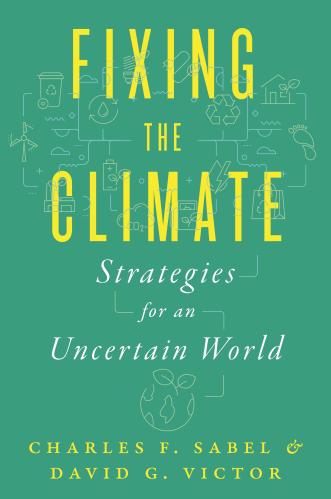
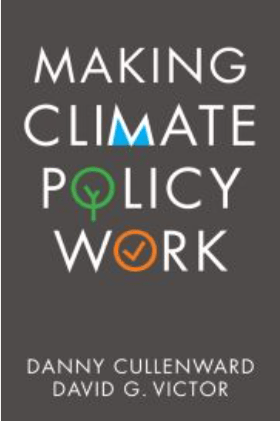
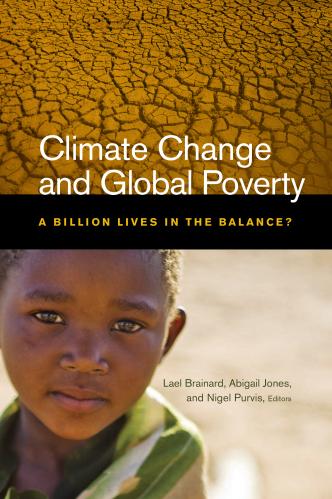

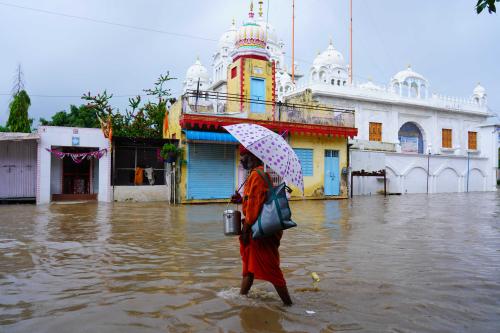
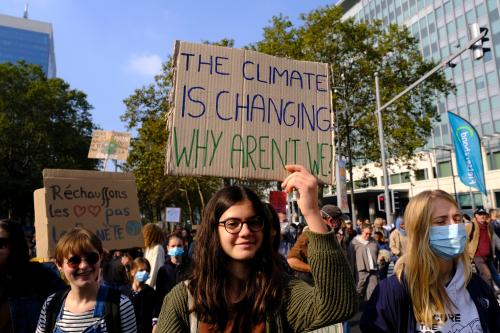





Commentary
COP27: An opportunity to get serious about climate migration
November 1, 2022